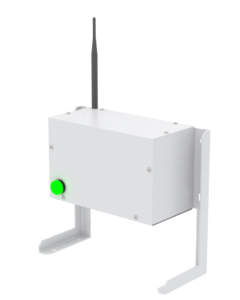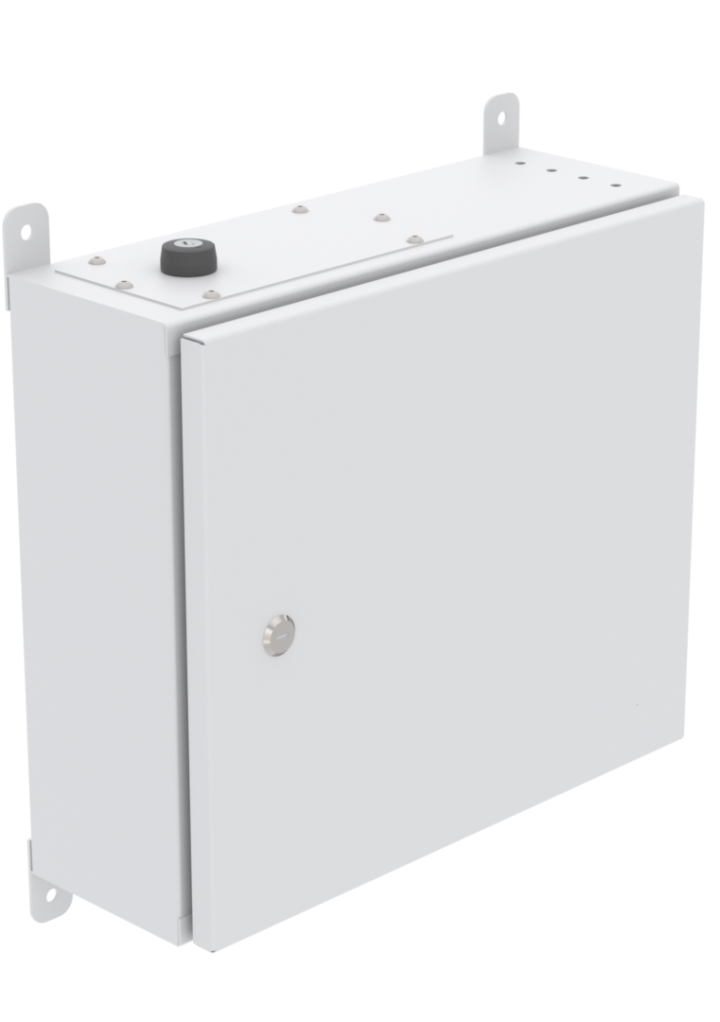
Lean manufacturing is a philosophy that aims to minimize waste while maximizing productivity. Derived from the Japanese manufacturing industry, particularly from Toyota’s Production System (TPS), lean manufacturing focuses on streamlining operations and improving efficiency.
Understanding Lean Manufacturing and Types of Wastes
At its core, lean manufacturing seeks to identify and eliminate waste, known as ‘MUDA.’ This waste can be categorized into various types:
- Transport: Unnecessary movement of products.
- Inventory: Excess products and materials not being processed.
- Motion: Unnecessary movement by employees.
- Waiting: The time a workpiece is waiting for the next step.
- Overproduction: Producing more than is required.
- Over-processing: More work or higher quality than required.
- Defects: Effort associated with inspecting for and fixing defects.
How AMRs Enhance Lean Manufacturing
The integration of Autonomous Mobile Robots (AMRs) into manufacturing setups promises a substantial reduction in several identified wastes.
Reduction in Transport, Motion, and Waiting: AMRs, equipped with intelligent navigation capabilities, can be programmed to choose the shortest and fastest paths for transporting raw materials, work-in-progress items, or finished goods. This not only minimizes unnecessary motions and transport but also enhances the overall speed of the production process.
Minimizing Defects: The precision of AMRs significantly reduces defects, particularly when handling sensitive materials. Whereas humans may be prone to errors due to fatigue, distractions, or simple oversight, AMRs ensure consistent, precise movement, drastically reducing the possibility of damage or mishandling.
A Case in Point: AMRs in Action
To appreciate the potential of AMRs, consider the case of a renowned electronics manufacturer. Historically, the company encountered challenges in transporting sensitive semiconductor components across their vast factory floors. Despite the best efforts of human operators, occasional mishandling of these components occurred, resulting in defects and wastage. The following example illustrates how AMRs were employed to automate pallet handling movements.
Video 1: Zalpha AGV Robot with Automated Clamping Mechanism on Pallet Jack
The Zalpha AGV is equipped with an automated clamping mechanism designed to secure a standard pallet jack without requiring any modifications to the jack itself. This AGV autonomously clamps onto a pallet jack, transports the loaded pallet to its destination, releases the pallet jack, and proceeds to perform other tasks—all accomplished fully autonomously.
Upon Integrating AMRs into Their Workflow:
Shorter Routes: The AMRs, leveraging real-time data and efficient algorithms, optimized transport routes, thereby reducing the time taken to move components from one location to another.
Decreased Human Error: The delicate task of transporting sensitive components became the responsibility of AMRs, ensuring consistency and drastically reducing instances of mishandling.
Elevated Productivity: The delegation of transportation tasks to AMRs allowed human resources to be redirected to more value-added activities, resulting in a substantial enhancement of productivity.
Concluding Thoughts
Autonomous Mobile Robots(AMRs), with their precision and efficiency, are rapidly emerging as indispensable allies in the pursuit of lean manufacturing. For industries aiming to minimize waste and maximize value, AMRs, such as those offered by DF Automation, represent the future of streamlined, optimized production. DF’s Zalpha AMR is typically deployed in manufacturing plants, while Titan and Zetha are utilized for carrying high payloads in warehouses.





















